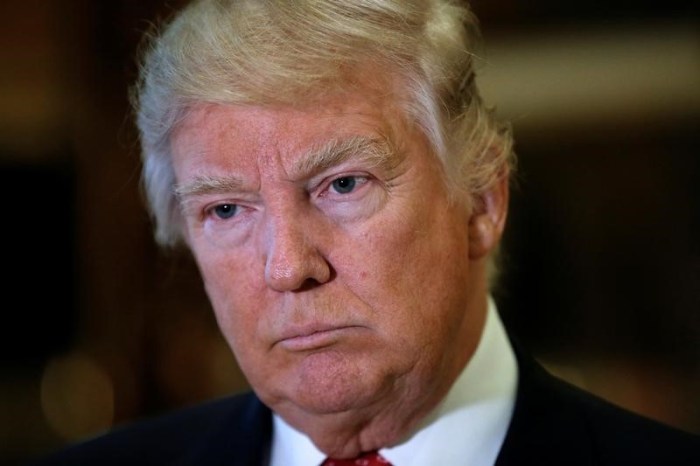By Norihiko Shirouzu
LIUZHOU, China (Reuters) – General Motors But now, with sales growth in Beijing and the biggest cities stalling, other global car makers are looking more closely at selling affordable, basic cars in smaller cities and rural areas where local brands such as Geely and Great Wall Motor <601633.SS>, and GM, dominate. GM has been almost alone among the big foreign car makers to see the potential for selling passenger cars to the developing so-called tier-three, -four and -five cities where buyers can now afford to upgrade from noisier, uncomfortable, rear-wheel drive vans. It estimated several years ago that China’s entry car segment could grow to 7 million cars a year – some way bigger than Japan’s entire autos market. GM’s China chief Matt Tsien said some automakers are seeing “negative growth” in some of China’s bigger cities. “But when you go into tier-three and -four cities, we saw double-digit growth for the whole of last year. It’s still growing at double-digits this year and will continue,” he told Reuters. GM launched its low-end Baojun brand in 2011, catering to the needs of rural and smaller city Chinese, often buying their first car. This was no accident, Tsien says, as GM aimed to be in all corners of China, “a market of many markets,” from the get-go. Baojun looks on track to sell more than 600,000 vehicles this year. Others launched basic brands around the same time, but for most this was a half-hearted effort in part to meet a Chinese government requirement that they set up brands with local partners. After several years, BMW That is now changing.
Nissan Motor <7201.T>China chief Jun Seki told Reuters in April the company is putting more effort into its Venucia brand, with some big design changes. Nissan launched Venucia in 2012 with its China partner,but mainly sold retired Nissan models with few significant changes as ‘new’ Venucia cars. It sold 122,000 cars last year. Volkswagen “Global automakers have largely focused on more expensive segments instead of the no-frills market that local Chinese brands have targeted,” said James Chao, Asia-Pacific managing director at consultant IHS. “Now, the lower-cost market is taking off and some global makers are finding their more premium products poorly positioned for this growth shift. And the worse news is that their product pipelines for the no-frills market is, with only a few exceptions, empty.” FRONT-SEAT VIEW
Baojun’s inception owed much, Tsien says, to the 2002 creation of SAIC-GM-Wuling Auto (SGMW), a venture between GM, SAIC Motor <600104.SS> and Guangxi Automobile Group, formerly Wuling.
Headquartered in the southern city of Liuzhou, SGMW gave GM a front-seat view of China’s smaller, lower-tier cities, largely overlooked by mainstream rivals.
“In the 2000s, all the action was in tier-one and tier-two cities like Beijing and Shanghai where growth was mostly double digit,” Tsien said. “But because of SGMW … we had a window into tier-three, -four and -five cities. That helped convince us Baojun was a genuine play.” GM used existing technologies for its Baojun brand, but, unlike its rivals, it gave them a China makeover, such as beefing up suspension and axles to make them more durable for poorer road conditions. “Our design is a little conservative, but we’re creating a certain fundamental base – a root we can build on,” says design chief Steve Eum, a GM veteran.
Baojun now offers six models including a multipurpose minivan and sport-utility vehicle starting from 61,000 yuan and 78,000 yuan, respectively. A hatchback will be launched this year.
Gustavo Cespedes, SGMW executive vice president, says Baojun is profitable enough to fund growth on its own, without relying on GM, SAIC or Guangxi Auto for capital. “We have aggressive growth plans (and) can fund our own growth, while providing good returns for all the shareholders,” he told Reuters. PET PROJECT
Fuelling that growth are customers like 37-year-old Zhang Tao, a pet shop owner in Linyi, a lower-tier city in Shandong province.
In 2010, Zhang quit his low-paying factory job and took a chance on opening a pet shop – just in time to ride China’s domestic pet boom. Within two years, and with a second child on the way, Zhang and his wife upgraded from their Suzuki minicar to a Wuling commercial microvan, swayed by its popularity among his friends. With his annual net income now topping 100,000 yuan, he last year traded in his Wuling for a new Baojun minivan. “My business does very well these days … I can take my two sons, my wife, and even my parents on family outings, all sitting comfortably in this Baojun van,” he said.
(Reporting By Norihiko Shirouzu; Editing by Ian Geoghegan)
















